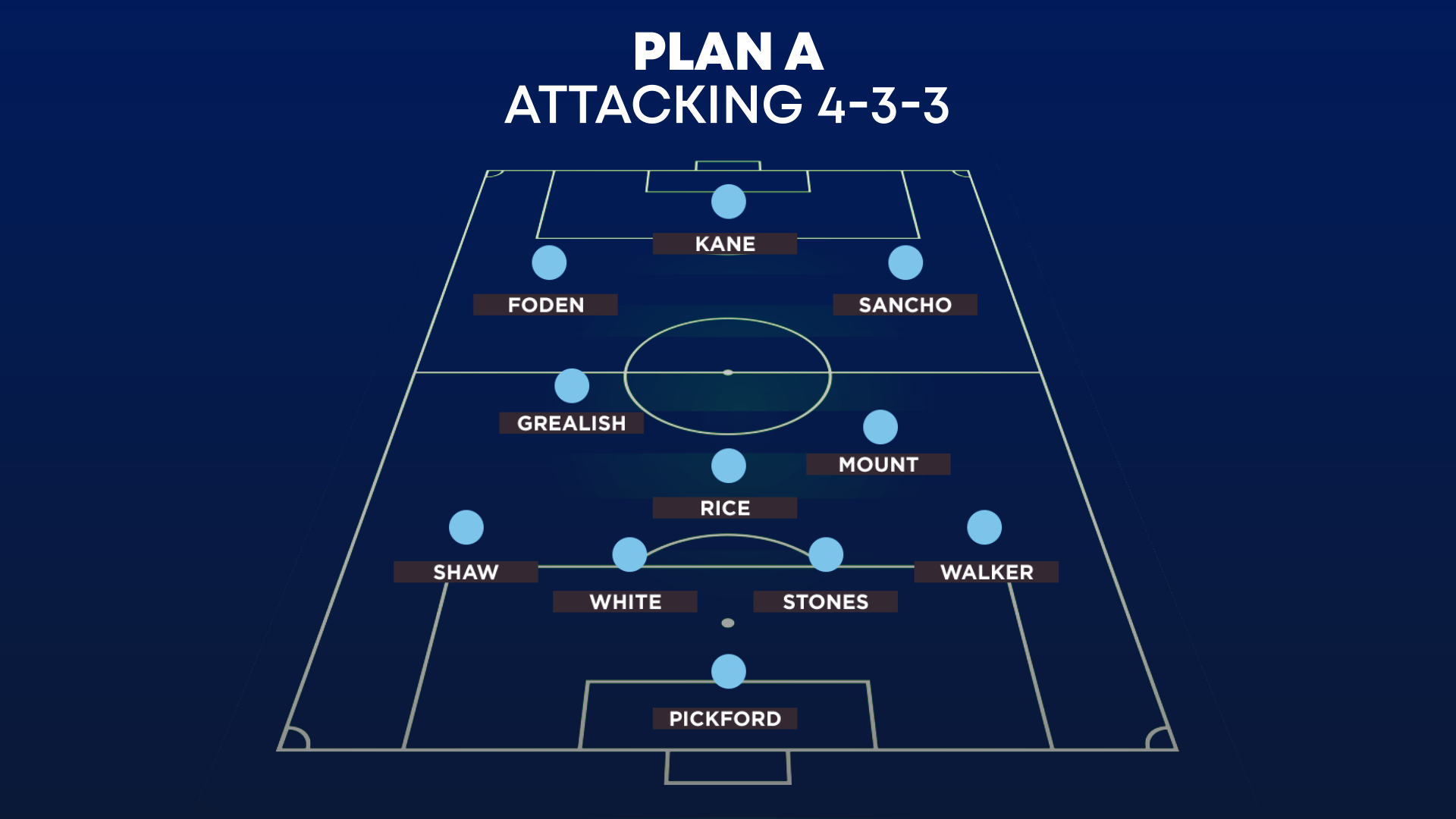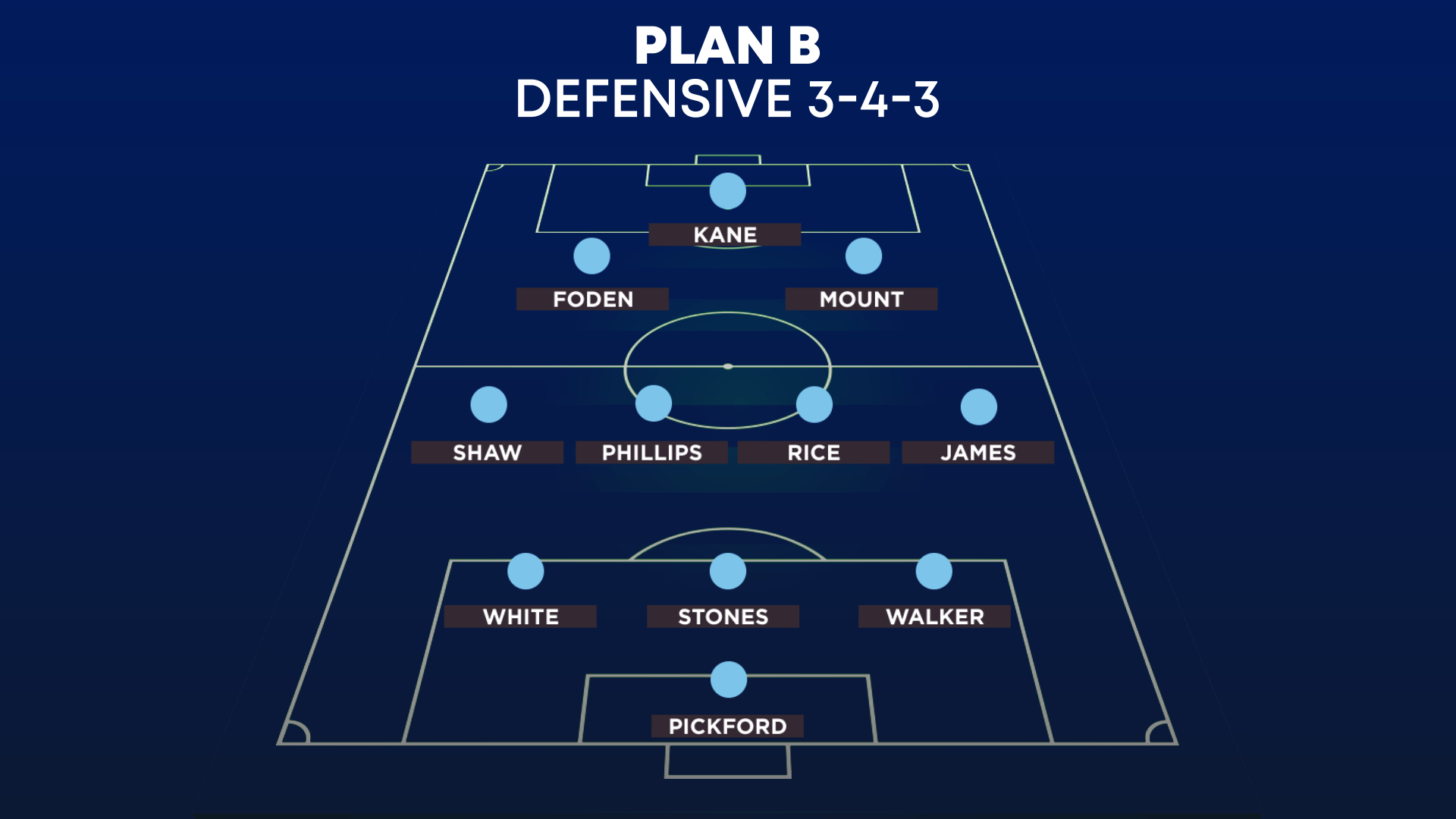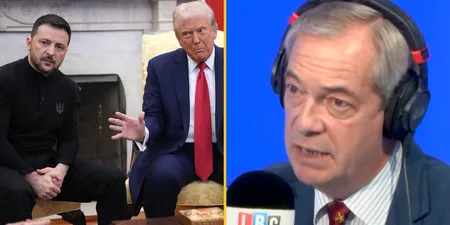Gareth, sit down, let’s have a chat
International tournament football is very different to a league campaign. Over a 38 game season, clubs can afford to commit to one playing style, confident that they will win more games than they lose playing brave, expansive football, or that they only need a certain number of points to survive, and therefore don’t always need to go for the win when a point will suffice.
But in a tournament you can’t really afford to lose–not more than one group game, anyway.
One place where it’s literally impossible to lose, though, is with BoyleSports’ latest offer for new customers. All you have to do is download the BoyleSports app, bet £10 on any market on any England match with BoyleSports and if your bet loses, you will get your tenner back as a free bet. Decent right?
But while you can’t lose that first bet, England very much can lose football matches.
Unless you are the best team in the tournament, with the best squad of players, you should probably have a plan B up your sleeve for when you’re pinned back into your own half, because rest assured it will happen. Even Spain played two defensive midfielders in 2010 and 2012.
England are one of those teams with ambitions of winning Euro 2020, but if we’re honest with ourselves, there will be some very difficult games along the way, against teams with stronger starting XIs than ours.
While Gareth Southgate has reason to play on the front foot during the group stages, especially against Scotland and Czech Republic, he also needs a more secure back up plan. The good thing is, he’s spent the past few years switching between an attacking 4-3-3 and a defensive 3-4-3, so the players should be versed in both systems.
Without further ado, here are the two tactical plans Southgate should look to switch between for his best chance of glory this summer.
Plan A
Offensive 4-3-3:
Pickford: Walker, Stones, White, Shaw; Rice, Mount, Grealish, Foden, Sancho, Kane.
Going on the assumption that Jordan Henderson won’t be fully fit enough to play a full 90 in the group stage, Southgate should embrace the attacking talent he has at his disposal in midfield areas and deploy Mason Mount and Jack Grealish as number 8s, with Declan Rice anchoring behind them.
It looks extremely attacking written down, but both Mount and Grealish are capable of playing this slightly deeper role, thanks to their inhuman energy levels and obvious technical ability. Mount is more positionally disciplined than Grealish, which would mean he might have to tuck in alongside his best friend Rice while Grealish bombs forward to link up with the attack.
In the front line, Foden has excelled playing out wide on the left this season, and Sancho goes into this tournament in better form than Raheem Sterling, who had been out of Man City’s starting line up for a sustained period of time before his shock return for the Champions League final.
With regards to the defence, it sort of picks itself, depending on Harry Maguire’s fitness. Walker and Shaw are both capable of making overlapping runs in attack, as well as tucking in to form a back three. This creates the perfect balance for one of them to attack while the other holds fort.
Grealish and Foden can interchange between the left sided 8 and left wing position.
Plan B
Defensive 3-4-3: Pickford: Walker, Stones, White; James, Rice, Phillips, Shaw/Chilwell; Foden, Mount, Kane.
I know what you’re thinking. You’re thinking, ‘what about all our lovely young attackers who will be on the bench while five defenders shuffle around the pitch?’ It’s a fair point. Taking Sancho and Grealish out for Kalvin Phillips and Reece James, and changing shape to a back three/five is not exactly adventurous. But given Southgate seems set on playing this shape, it’s worth exploring.
Until late on in the semi-final of the 2018 World Cup, this back three worked well. And every player has improved since then, even if they’ve had a bit of a dip during that three year period. Walker’s pace is a priceless weapon, both when tracking back and when bringing the team up the pitch, and should he want to bomb forward out wide, James can tuck into the back three–as we saw in the FA Cup final.
As mentioned earlier, this team is based on the assumption that Henderson won’t be fit enough to start in midfield. But Phillips is a more than capable deputy–far from the safe and secure central midfielders we’ve had to endure for much of Southgate’s tenure. If he sees a run, he will hit the pass, and more often than not it will make it to its intended target. Comfortable under pressure, he can be the perfect foil to Rice, who would be tasked more with tackles, interceptions, and striding through the lines with the ball.
In attack, you’d be forgiven for thinking this team lacks pace without the likes of Sterling, Sancho or Rashford. But Mount and Foden are quicker than they are given credit for, with Foden especially capable of making runs behind the opposition defence.
Most importantly in this system, they could form a box midfield, tucking in narrow to outnumber the opponent’s three man midfield, while also offering explosive dribbles in transition.
And with the luxury of five substitutes to use, there is plenty of scope to bring Grealish, Sterling, et al. off the bench to change the dynamic of the game if needed.
Ultimately, every tactical system has an achilles heel, and a manager’s task in a tournament is to protect his team from its own weaknesses. I think these systems would do exactly that.
Download the BoyleSports app, bet £10 on any market on any England match with BoyleSports and if your bet loses, you will get your tenner back as a free bet. T&C’s Apply.
In order to gamble, you must be 18+
BeGambleAware.org. Bet Responsibly.






































